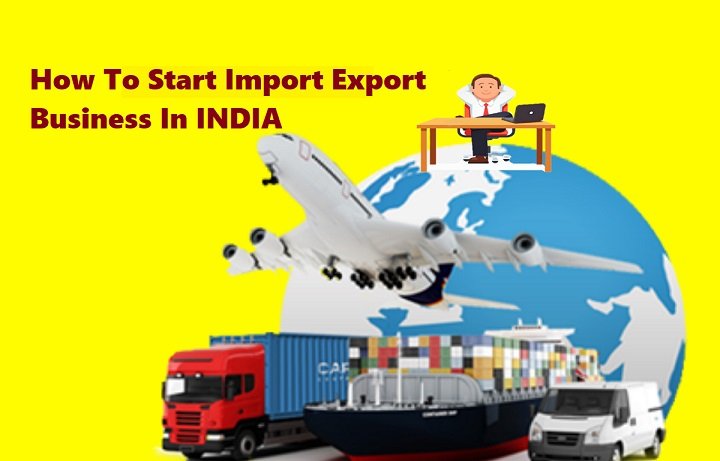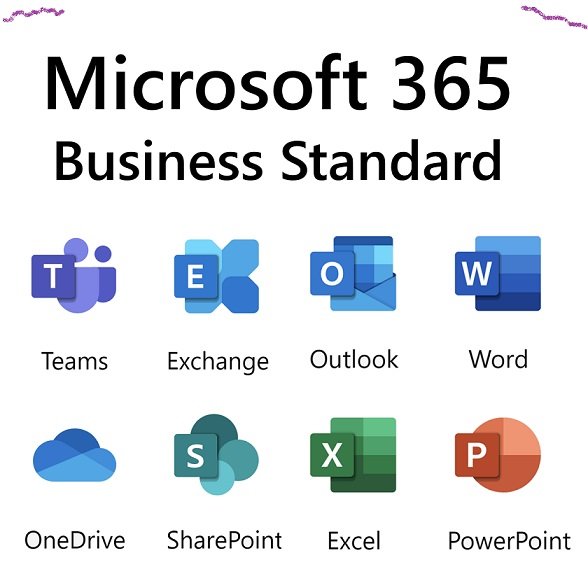Starting an how to start import export business can be a profitable and rewarding venture in today’s globalized economy. With the right preparation and strategic approach, this industry opens doors to international trade and substantial profit opportunities. Whether you’re new to entrepreneurship or a seasoned business owner looking to expand globally, this comprehensive guide will provide you with all the essential details.
Table of Contents
ToggleTable of Contents
- Understanding the Import-Export Business
- Benefits of Starting an Import-Export Business
- Market Research and Feasibility Analysis
- Legal Requirements and Licenses
- Creating a Business Plan
- Finding Suppliers and Buyers
- Logistics and Shipping
- Marketing and Sales Strategies
- Risks and Challenges
- Tips for Long-Term Success
- FAQs on Import-Export Business
1. Understanding the Import-Export Business
Import-export businesses involve trading goods and services across international borders. Importing refers to bringing goods into a country, while exporting means selling domestic goods abroad. These businesses bridge supply and demand gaps between countries, contributing to global trade.
2. Benefits of Starting an Import-Export Business
- Global Reach: Access to international markets expands customer bases.
- High Profit Potential: Unique products from one country can fetch premium prices in another.
- Diverse Opportunities: Options to specialize in various niches like electronics, textiles, or agricultural products.
- Scalability: With effective strategies, businesses can grow operations over time.
3. Market Research and Feasibility Analysis
Conducting thorough market research ensures you’re entering a viable and profitable industry.
- Identify Product Demand: Analyze market trends and consumer needs in target regions.
- Competitor Analysis: Study existing players to determine gaps in the market.
- Cost Assessment: Calculate costs such as production, shipping, tariffs, and taxes.
| Key Factors for Market Research | Description |
|---|---|
| Product Demand | Ensure there’s sufficient demand for your product. |
| Target Market Regulations | Understand import/export laws of the countries involved. |
| Competition | Evaluate pricing and market share of competitors. |
4. Legal Requirements and Licenses
To operate legally, secure the necessary licenses and permits.
- Import Export Code (IEC): A mandatory code issued by the government for international trading.
- Tax Registration: Register your business for tax compliance in both home and target countries.
- Customs Regulations: Understand the documentation and compliance required by customs authorities.
| Essential Documents | Purpose |
|---|---|
| Import Export Code (IEC) | Required for cross-border trade. |
| Bill of Lading | Shipping document from carriers. |
| Certificate of Origin | Verifies the product’s manufacturing country. |
5. Creating a Business Plan
A well-drafted business plan is crucial for attracting investors and setting a clear roadmap.
- Executive Summary: Overview of business objectives.
- Market Analysis: Insight into target markets and competitors.
- Financial Plan: Budget allocation, cash flow projections, and funding requirements.
6. Finding Suppliers and Buyers
Reliable suppliers and buyers are the backbone of an import-export business.
- For Suppliers:
- Attend trade fairs and expos.
- Explore online B2B platforms like Alibaba, Made-in-China, or IndiaMart.
- For Buyers:
- Use global trade directories.
- Leverage social media platforms for targeted marketing.
| Top B2B Platforms | Purpose |
|---|---|
| Alibaba | Find suppliers globally. |
| ExportHub | Connect with international buyers. |
| ThomasNet | Focused on industrial products. |
7. Logistics and Shipping
Efficient logistics ensure smooth operations.
- Shipping Methods: Choose between air, sea, or land freight depending on product type and urgency.
- Packaging Standards: Comply with international packaging norms to avoid damage or rejection.
- Insurance: Secure goods-in-transit insurance to mitigate risks.
8. Marketing and Sales Strategies
To grow your import-export business, invest in robust marketing strategies.
- Digital Marketing: Leverage social media, SEO, and email campaigns.
- Trade Fairs and Exhibitions: Showcase your products to potential buyers.
- Partnerships: Collaborate with local distributors and agents in target markets.
9. Risks and Challenges
International trade has its share of risks, including:
- Currency Fluctuations: Affect profit margins due to exchange rate changes.
- Customs Delays: Lead to increased costs and dissatisfied customers.
- Cultural Differences: Misunderstandings in communication or business practices.
| Risk | Mitigation Strategy |
|---|---|
| Currency Fluctuations | Use forward contracts or hedging. |
| Customs Delays | Maintain proper documentation. |
| Supplier Reliability | Vet suppliers thoroughly. |
10. Tips for Long-Term Success
- Stay updated on international trade laws.
- Invest in technology for streamlined operations.
- Build strong relationships with suppliers and buyers.
- Continuously analyze market trends to adapt accordingly.
FAQs on Import-Export Business
1. How much capital is required to start an import-export business?
Capital requirements depend on your product and scale of operations, ranging from $5,000 to $50,000.
2. What are the most profitable import-export products?
Electronics, textiles, and specialty agricultural products often yield high profits.
3. Do I need a physical office for an import-export business?
While not mandatory, having a physical office boosts credibility and operational efficiency.




